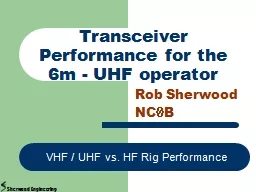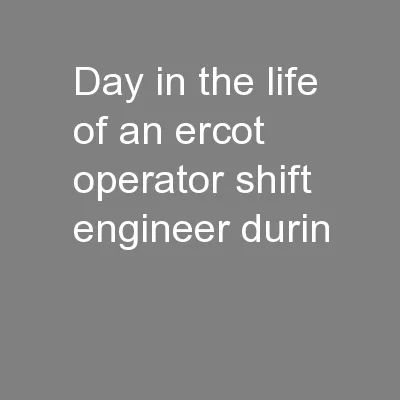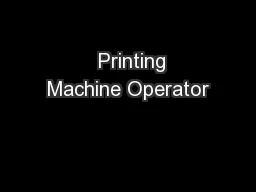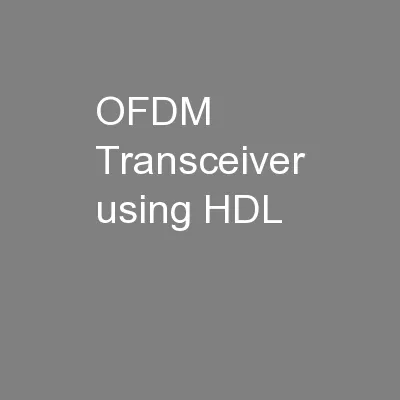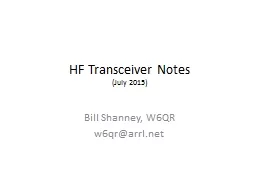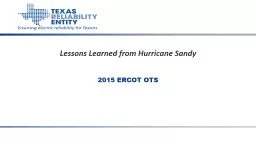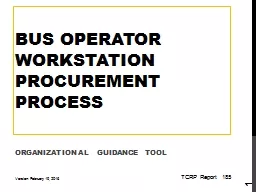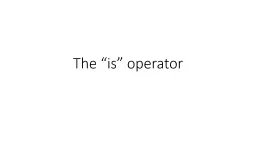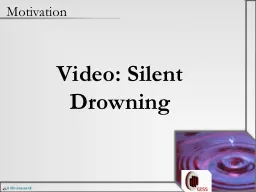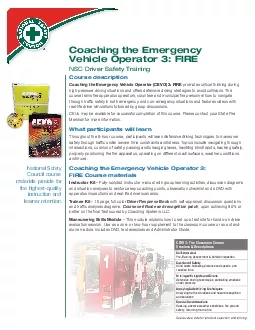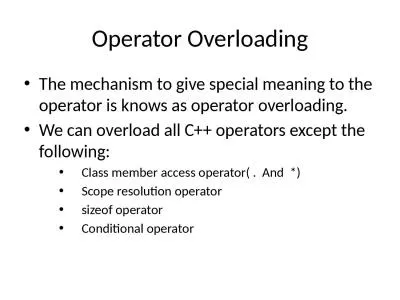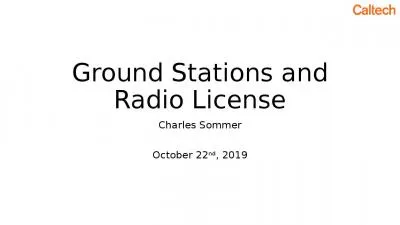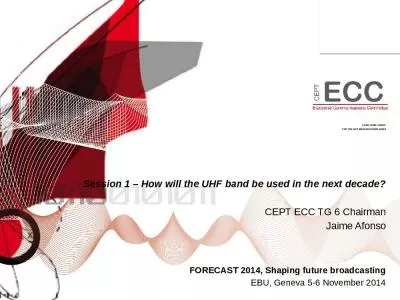PPT-Transceiver Performance for the 6m - UHF operator
Author : briana-ranney | Published Date : 2018-09-22
Rob Sherwood NC Ø B VHF UHF vs HF Rig Performance Sherwood Engineering Dynamic Range measures the ability to hear weak signals in the presence of nearby
Presentation Embed Code
Download Presentation
Download Presentation The PPT/PDF document "Transceiver Performance for the 6m - UHF..." is the property of its rightful owner. Permission is granted to download and print the materials on this website for personal, non-commercial use only, and to display it on your personal computer provided you do not modify the materials and that you retain all copyright notices contained in the materials. By downloading content from our website, you accept the terms of this agreement.
Transceiver Performance for the 6m - UHF operator: Transcript
Download Rules Of Document
"Transceiver Performance for the 6m - UHF operator"The content belongs to its owner. You may download and print it for personal use, without modification, and keep all copyright notices. By downloading, you agree to these terms.
Related Documents

